I am very excited for you to meet Shua Ly! He is dating one of my former students, Porscha Moua, who transferred to Sac State to complete her bachelor’s degree. This long-distance love story has only gotten better over time! You’ll also find a recipe to share with someone in the spirit of Valentine’s Day! In Shua’s words…
I was born and raised in North Carolina and grew up eating Southern cooking and traditional Hmong food. Southern cooking consists of lots of fatty ingredients such as bacon and butter and although traditional Hmong food focused on organic home grown vegetables, over the past few decades since many Hmong people migrated to America, they have incorporated way more meat into their diets. So, I was raised eating meat with every meal, every day. To make things even worse, my mother is an amazing chef who knows how to cook very flavorful food, and even runs her own authentic Thai restaurant. A normal eating routine for me in North Carolina looked like this: bacon, sausage links, eggs, and white rice for breakfast; then during lunch, I would eat a greasy beef-based pho broth with white rice noodles, meatballs and sliced meat; for dinner, I would eat a steak and more white rice. As you can see, every meal revolved around meat. In fact, I hardly ever ate any vegetables. I was also a big fan of bodybuilding and was really sold on the idea that loading up on meat and dairy (including whey/casein protein shakes) was the way to achieving my fitness goals.
Unfortunately, instead of becoming fitter, I was getting fatter! By the age of 22, I weighed ~300 pounds and began having scary health problems, including sleep apnea, dizzy spells, heart palpitations, and high blood pressure! This really worried me and my girlfriend, Porscha, who was living in Sacramento.
When I was finishing up my degree, I came out to California for my Spring Break and was able to sit in on a few of the sessions of the nutrition class that Porscha was taking at Cosumnes River College with Professor Timaree Hagenburger. I was intrigued when Porscha shared what she was learning in her class, and when I experienced it first hand, my mind really began to open to considering how what I was eating was impacting my health. I was also surprised to discover the incredible benefits eating plant-based food could have on the human body and how much research existed in the field. This all began to make so much sense the more I thought about it. I was a high school teacher when I lived in North Carolina, and I witnessed the students’ terrible eating habits. They ate loads of processed food and lots of meat. I noticed that these types of foods really affected their behaviors throughout the day, as the struggled to stay focused and became very irritable by the end of the day.
Porscha had already began adopting a plant-based way of eating, and she was really worried about me, so she was beyond thrilled to learn that I was ready to transition to a healthier lifestyle. As I explained, I was making really unhealthy decisions, so it was hard for me in the beginning. I actually had no idea what ingredients to start with. My first “go-to” meals were the frozen vegan meals that I bought at the grocery store. However, these meals are expensive, and most are quite high in fat and sodium and left me unsatisfied.
After reaching out to reconnect with Professor Hagenburger, I started to find simple plant-based recipes that I could enjoy and I realized that the ingredients I needed had been right in front of me all along. Those ingredients, such as vegetables, beans, nuts and whole grains were in the stores where I routinely shopped. I just needed to have a more proactive approach when looking for these ingredients and meal planning. I began to spend a bit more time in the kitchen, and actually had fun, especially cooking from Professor Hagenburger’s cookbook. I really enjoyed the yummy meals I was able to put together, and couldn’t believe that they were fully plant-based.
While Porscha was eating a lot more fresh, whole foods, she still struggled with the temptation of eating meat from time to time. When I told her I would give plant-based, whole food a try, she became even more motivated. We decided to work together to help each other on this journey, even though we lived thousands of miles apart. The more we encouraged one another, talked about the benefits of a plan-based lifestyle, shared meal and snack ideas, the easier it became to stay consistent. We also started to see changes in our health and experimented with a larger variety of plant based recipes and food combinations. I have lost nearly forty pounds, have been sleeping well and haven’t had any blood pressure issues or dizziness for a year and a half. Porscha can hardly believe how good she feels. Her skin cleared up, she has more energy, her moods are consistently elevated and she no longer suffers from gastroesophageal reflux.
Currently, my normal routine is based on eating plant-based, whole food. Every so often, I get tempted to eat the processed vegan meals and lots of white rice. Sometimes I eat them, but other times, I just notice a craving without acting on it, and let it pass. When I do “indulge,” I make sure that my next meal is full of a variety of colorful veggies. When I’ve had weeks of eating nothing but plant-based whole food, my body feels so amazing, healthy and clean on the inside. Whenever I eat processed vegan food, my body feels weak and disgusting. Although it seems crazy to me knowing what I ate growing up, I can’t even imagine how poorly eating animal flesh or dairy would make me feel now. One of my favorite “go-to” veggie-centric meals is Hot Pot! Not only does this recipe feature a lot of veggies, it keeps me full and satisfied, and uninterested in tracking down any highly processed vegan food. Porscha and I love making this recipe together when I come to visit.
Through our constant communication with our mentor Professor Hagenburger, and the encouragement we give to one another, we have not only created healthier lifestyles, but we’ve also built a stronger relationship. Neither of us would have ever anticipated how much this plant-based journey would change our lives for the better!
We wanted to share our special recipe for Hot Pot soup, and hope that you make it with someone who means a lot to you. It is very easy to prepare and enables you to incorporate any vegetables you desire. Have fun experimenting with different combinations!
Porscha and Shua’s Hot Pot Soup
Ingredients:
For Broth
5-8 cups of water
4 cups vegetable broth
½ Tablespoon of All Natural Mushroom Seasoning*
5 inch knob of fresh ginger root, minced
4 Tablespoons miso* paste
Vegetables* – all raw
Shiitake mushrooms
Enoki mushrooms
Bok Choy
Spinach
Bean Sprouts
Asian Mustard Greens
Herbs of choice (mint, cilantro, etc.)
Tofu and Noodles
Ramen noodles* (any type that does not include oil or eggs in the list of ingredients)
Tofu* firm, diced into bite-sized pieces
Procedure:
Bring the broth mixture to a boil, add the vegetables and once the mixture begins to boil again, add the tofu and ramen noodles. Cook until noodles are just tender and vegetables are still vibrantly colored.
Top each with more fresh bean sprouts, mint, jalapeño slices, and a drizzle of your favorite garlic chili sauce or Sriracha, if you like some heat!
The Nutrition Professor’s Shop Smart, Prep Smart, Cook Smart Tips:
- All Natural Mushroom Seasoning is a flavor enhancer made from mushrooms that is an alternative to products that contain MSG. It can be found at some mainstream supermarkets and Asian grocery stores, as well as online. You can also substitute your favorite dried mushroom combination, with or without some dried sea veggies (dulse flakes, kombu, nori).
- Miso paste is a fermented product rich in antioxidants and beneficial bacteria (probiotics) that is traditionally made in Japan from fermented soybeans, but can be made from barley, rice, or just about any legume – including chickpeas (garbanzo beans) which is readily available at local grocery stores, lentils and fava beans.
- Some of my favorite veggies to add to this soup include: broccoli, kale, snow peas, asparagus, small cauliflower florets, thinly sliced purple purple potatoes or any variety of sweet potatoes, napa cabbage, savoy cabbage and/or purple cabbage. The possibilities are virtually endless! A Foodie Bar version of this Hot Pot just might make its way into volume two of The Foodie Bar Way cookbook one day!
- Many commercially available whole grain Asian style noodles are available – look for soba (made with buckwheat), as well as ramen-style noodles made from brown rice, quinoa, millet and more.
- Choose water packed tofu, organic, if possible. Silken tofu is too soft for this recipe.
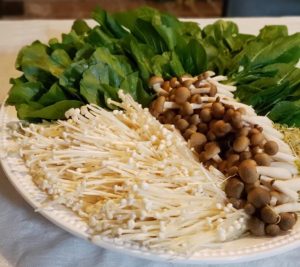
Timaree Hagenburger, a plant-based registered dietitian nutritionist (RDN), certified exercise physiologist with a master’s degree in public health, has over 20 years of experience as a nutrition professor. She is a sought after speaker, media personality and author, who works with private clients, and in corporate wellness, has contributed to several cookbooks and published her own cookbook, The Foodie Bar Way: One Meal, Lots of Options, Everyone’s Happy (www.foodiebars.com)! Timaree is also the founder of an incredible online membership community, The Foodie Bar Way of Life, that makes loving the food (and living a life) that loves us back… simple, satisfying, sustainable AND FUN! You can contact her about working with her through 1:1 dietitian nutrition coaching, for hands-on cooking instruction and to inquire about arranging a speaking engagement.

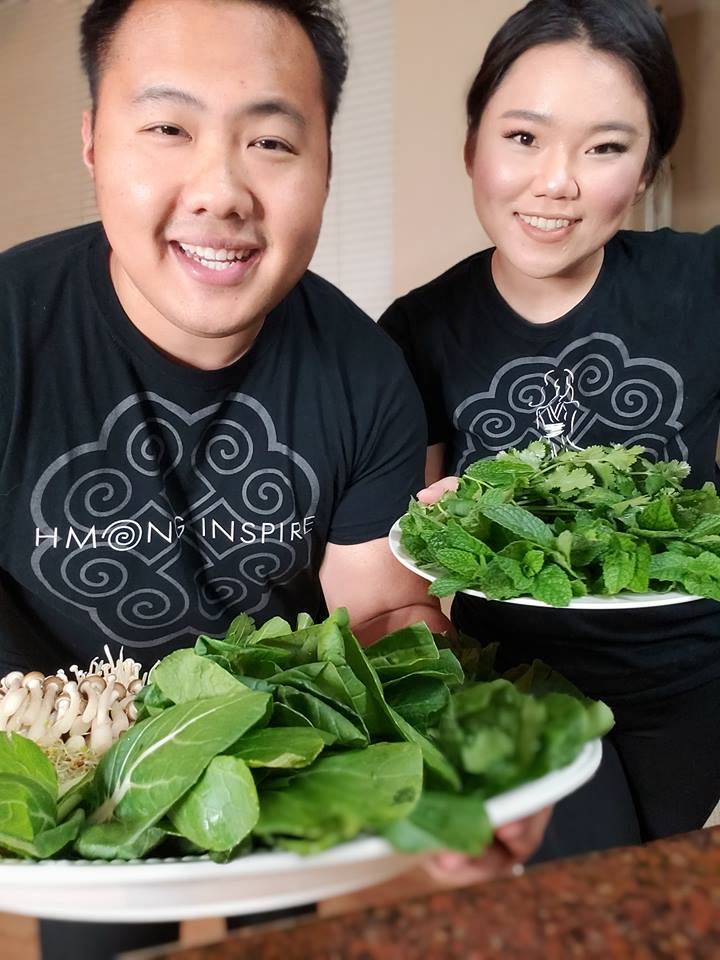
 Order and learn more at www.FoodieBars.com
Order and learn more at www.FoodieBars.com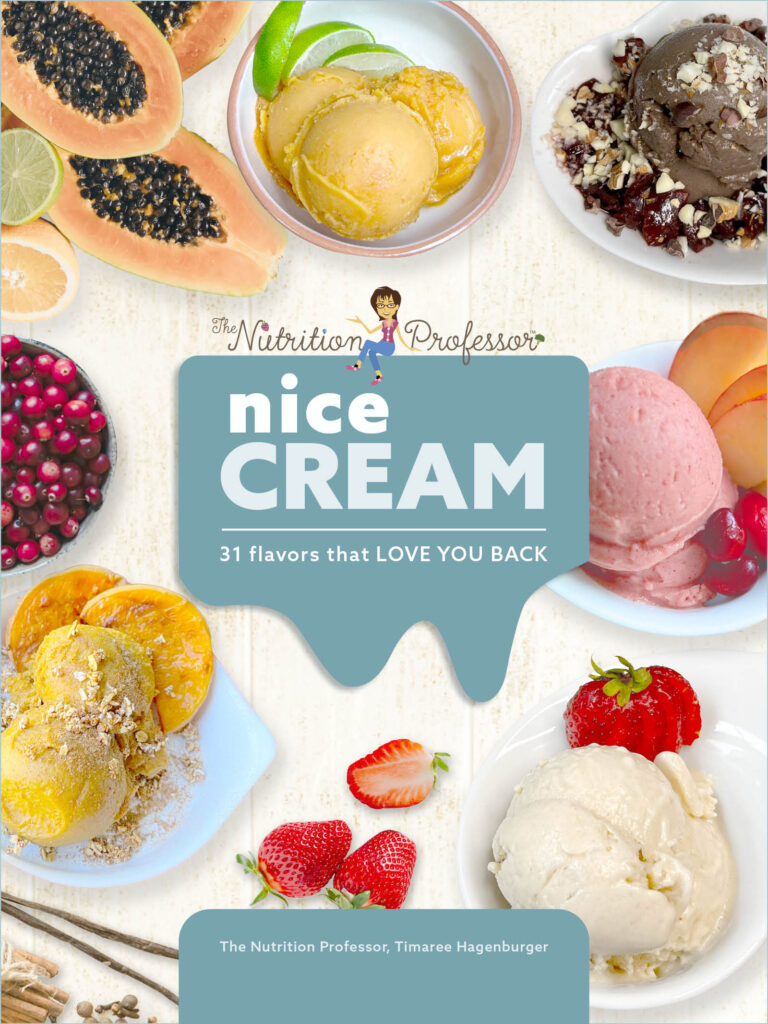
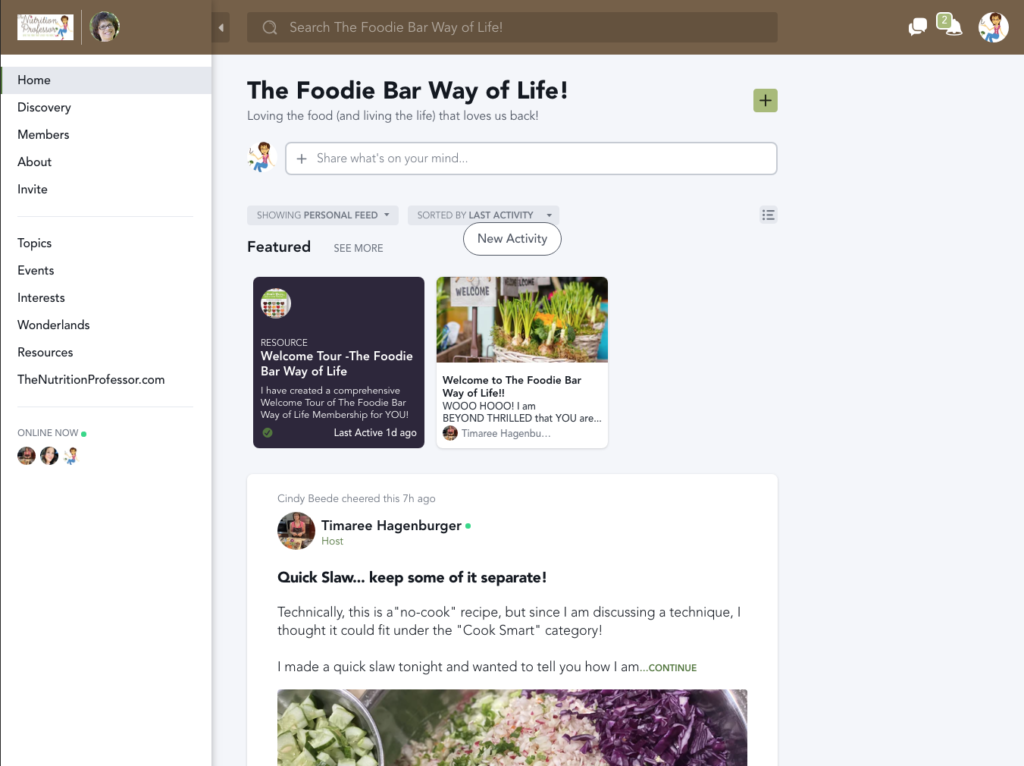
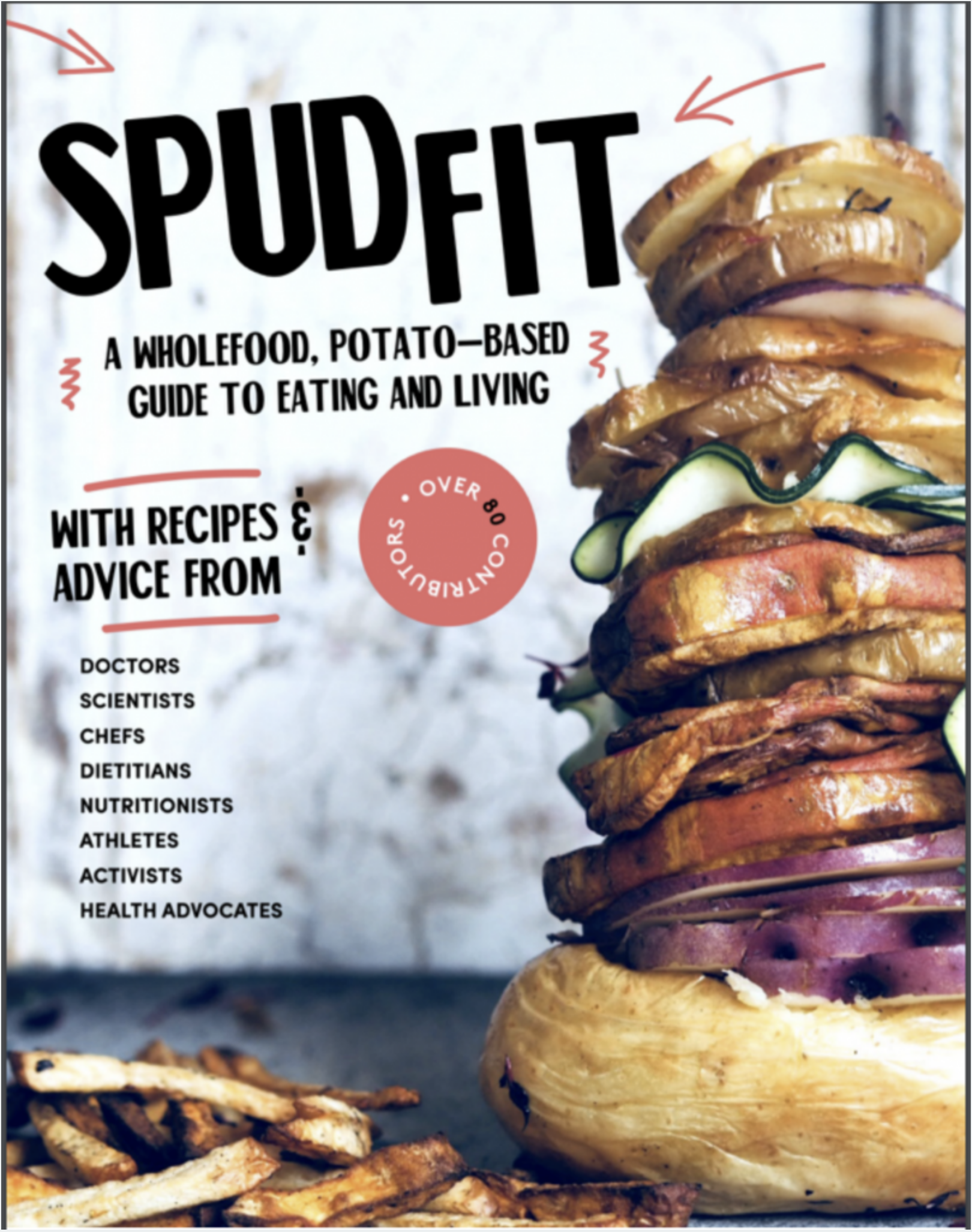 This is a first for me... Some of MY recipes are part of a rock star compilation cookbook put together by Andrew Spud Fit Taylor!! Order it today!
This is a first for me... Some of MY recipes are part of a rock star compilation cookbook put together by Andrew Spud Fit Taylor!! Order it today!
I LOVE THIS! SO MOTIVATIONAL AND INSPIRING!
This was a really sweet story to read. Growing up with a Filipino grandfather, most of my after-school lunches during elementary grades were similarly based on meat and rice, so it’s really inspiring to see your journey and to see where you are now. Thanks for the recipe, I’m looking forward to trying it in the future.